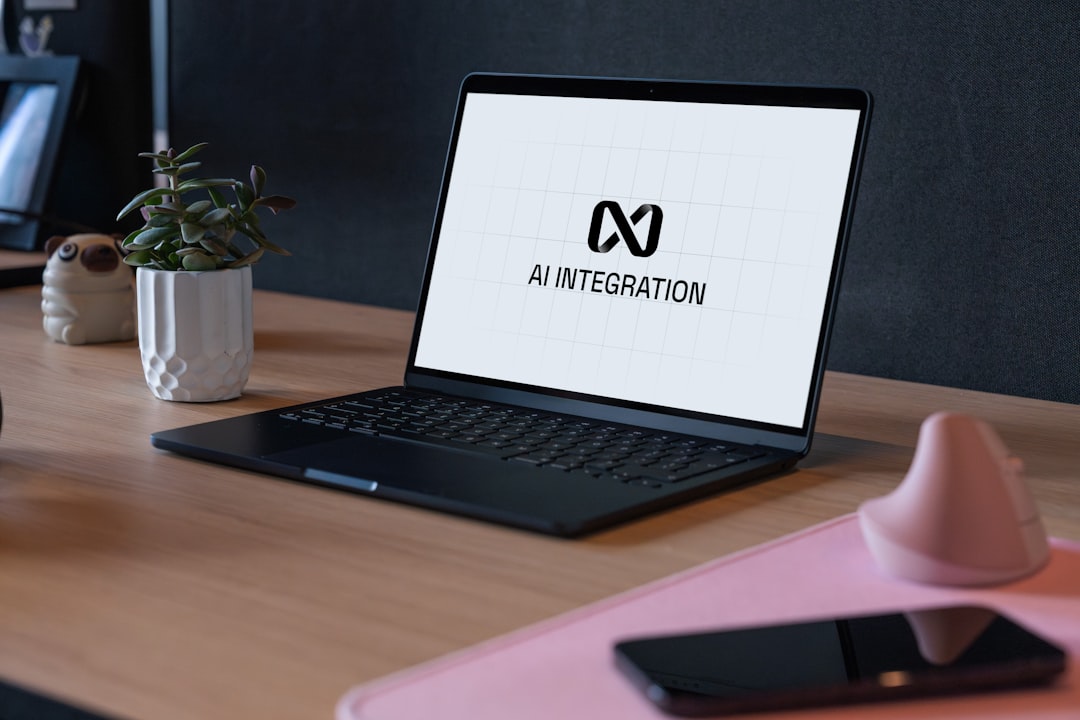NextGenBeing Founder

Listen to Article
Loading...Introduction to eBPF and Cilium
As a senior software engineer, you're likely familiar with the importance of network security in modern applications. With the rise of microservices and cloud-native architectures, traditional security approaches can be insufficient. This is where eBPF (Extended Berkeley Packet Filter) and Cilium come into play. In this article, we'll explore how to implement eBPF-based network security with Cilium 1.13 and Linux Kernel 6.2.
What is eBPF?
eBPF is a Linux kernel technology that allows you to run sandboxed programs in the kernel. It provides a safe and efficient way to extend the kernel's functionality without modifying its source code. eBPF has numerous use cases, including network security, performance monitoring, and debugging.
What is Cilium?
Cilium is an open-source platform that leverages eBPF to provide network security and observability for cloud-native applications. It offers a robust and scalable solution for securing microservices and containerized workloads. Cilium 1.13 is the latest version, which includes several enhancements and bug fixes.
Implementing eBPF-Based Network Security with Cilium
To get started with Cilium 1.13 and Linux Kernel 6.
Unlock Premium Content
You've read 30% of this article
What's in the full article
- Complete step-by-step implementation guide
- Working code examples you can copy-paste
- Advanced techniques and pro tips
- Common mistakes to avoid
- Real-world examples and metrics
Don't have an account? Start your free trial
Join 10,000+ developers who love our premium content
Never Miss an Article
Get our best content delivered to your inbox weekly. No spam, unsubscribe anytime.
Comments (0)
Please log in to leave a comment.
Log InRelated Articles

Turbocharge Your AI Workflows: Mastering Fine-Tuning of LLaMA 2.0 with Hugging Face Transformers 5.3 and Optimum 1.5
Oct 20, 2025

Building Real-Time Data Warehouses with Apache Kafka 4.0, Apache Flink 1.17, and Iceberg 0.4
Oct 25, 2025

Edge AI on LoRaWAN Networks: A Comparative Analysis of TensorFlow Lite 2.10 and Edge Impulse 2.5 for Real-Time IoT Sensor Data Processing
Nov 13, 2025
🔥 Trending Now
Trending Now
The most viewed posts this week
📚 More Like This
Related Articles
Explore related content in the same category and topics

Diffusion Models vs Generative Adversarial Networks: A Comparative Analysis

Implementing Zero Trust Architecture with OAuth 2.1 and OpenID Connect 1.1: A Practical Guide

Implementing Authentication, Authorization, and Validation in Laravel 9 APIs


